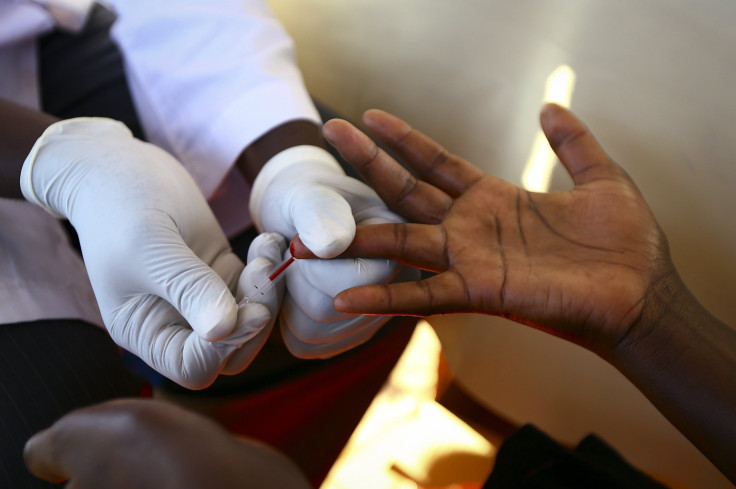Half Of HIV-Positive Gay And Bisexual Men Are Not Receiving Treatment: How The CDC Plans On Tackling This Problem

The latest figures from the Centers for Disease Control and Prevention reveal the startling reality of HIV in America: Half of all gay and bisexual men infected with HIV are not getting the necessary life-saving treatment. Those who are taking the drugs are taking doses far below the necessary amount to keep the virus under control. Still, recognizing the problem is the first step toward solving it, and the CDC is currently working on ways to change this shocking number.
The diagnosis rate of HIV in America has dropped by 33 percent. Unfortunately, this good news is greatly overshadowed by the fact that only 42 percent of all gay and bisexual men with the virus have it “under control” with the proper medication, as revealed in the most recent CDC report. While 77 percent of gay and bisexual men who were newly diagnosed in 2010 received initial care, only 51 percent continued that care.
Drug treatment rates were the lowest with men under 25, with only 30 percent in this age category believed to be taking treatment, according to USA Today. “It’s unacceptable that treatment, one of our most powerful tools for protecting people’s health and preventing new HIV infections, is reaching only a fraction of gay men who need it,” said Dr. Jonathan Mermin, director of CDC’s AIDS branch, as reported by NBC News.
The reasons why so many gay and bisexual men do not seek the necessary care are complicated. Time reported that the reasons range from “cost to misperceptions about the toxicity of current drug therapies to the enduring stigma of HIV.”
Marxavian Jones, a representative for public health area eight HIV Planning and Prevention group of Alabama, shed a bit of light as to why so many men choose to forgo treatment. He told Medical Daily his own personal experiences as an HIV-positive man before moving to Alabama: “In Mississippi, once you get diagnosed with HIV, you’re pretty much on your own. No one ever told me where to go for treatment, no one ever told me what the outlook of living with the virus would be like. I made the conscious decision that I was not going to be receiving any treatment because I felt that it was hopeless.”
As reflected by the results of this survey, serious changes need to be made in order to inspire more men to take HIV suppression medication. “To stop this epidemic, we know that we have to stop these disparities,” Dr. David Purcell, deputy director for behavioral and social science in the CDC’s Division of HIV/AIDS Prevention, told BuzzFeed News in a interview. The disparities, as revealed in the recent poll, show a world where older, white, and heterosexual men are likely to receive treatment while younger men of sexual and ethnic minorities with the same virus are not.
With stigma being one of the biggest reasons for many men to refuse treatment, the CDC is working on ways to help “normalize” HIV. “The stigma associated with the virus in our community, even in our church we want to act like it doesn’t exist, but it does exist” Jones said. “You feel you’re marginalized, you’re nasty you’re going to be judged.”
In the AIDS Blog, the CDC revealed some of its newest stigma breaking initiatives, one of which is the launch of a national awareness campaign, Start Talking. Stop Aids. This campaign, aimed at the youngest generation, aims to not only reduce the number of new HIV infections, but also educate those already infected on the newest medical options now available to them.
The campaign’s motto of “Your life matters and staying healthy is important” will hopefully inspire more young men to put aside their reservations and receive the medical treatment that they so desperately need. “If someone is HIV-positive, we want them to do everything they can to stay in care, because treatment matters,” Purcell said.



























